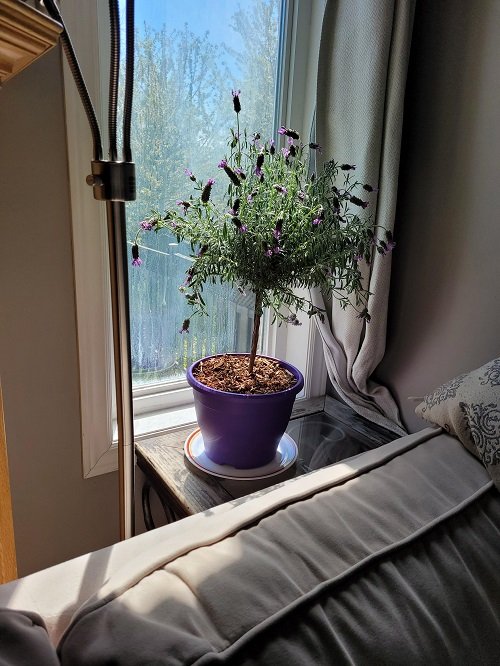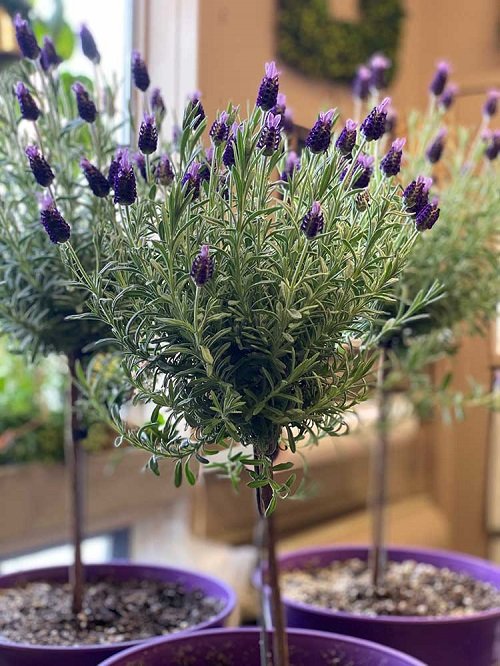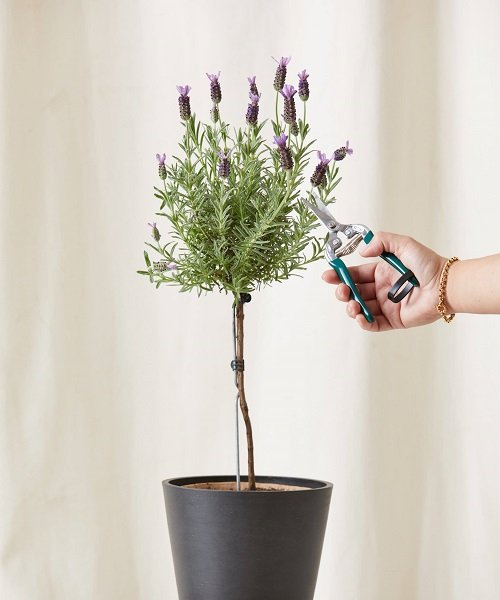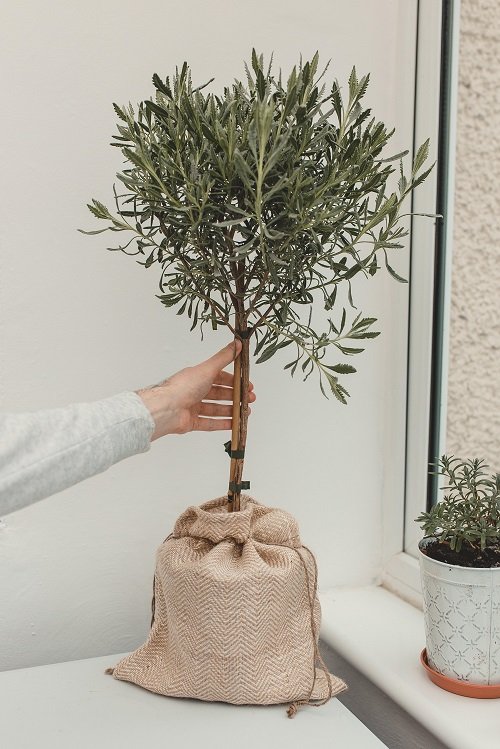Can you grow a big Lavender As a Tree? Not very tall, but fragrant, shrublike specimen, either indoors or outdoors! Discover more about this below!
Growing lavender in a tree-like form can be a great gardening project! Once done, you will have a plant unlike anything in your possession.
To start this, you should invest in a young plant or propagate it from a cutting, it is because training an old lavender plant would be difficult due to its established growth pattern.
How to Grow a Mini Lavender Tree
1. Pick a Suitable Variety
You’ll need the perfect variety that you can turn into a mini-lavender tree. For this, you can select from the types of varieties like Lavandin lavender, Spanish lavender, Spike Lavender, and French Lavender.
If you’re looking for English lavender varieties, then you should try Hidcote, Munstead, and Silver Seas. These are tall and great for growing as a mini tree.
41 Best Types of Lavender | Lavender Varieties
2. Try this Grow Light Trick
Plants have a tendency to grow towards the light source – to ensure your lavender grows straight and upward, it would be a good idea to use a grow light and position it at the top of the plant, at about a distance of 1-2 feet (from the top) and switching it on daily for 6-7 hours. (Do ensure to expose it to the natural sunlight for a minimum of 3-4 hours every day too.)
If you don’t want to try this grow light trick, skip it. There’s always this regular sunlight exposure option you have! Simply ensure that the herb gets a minimum of 6-7 hours of sunlight (if growing indoors, keep it on a sunny window where it can receive at least 3-5 hours of direct sun and bright indirect daylight for the rest of the day) daily.
Do not forget to rotate the plant every 5-7 days so that it gets an even light exposure at every part.
3. Soil Mix and Watering
Lavender does NOT like wet feet, so make sure the soil is well-draining. You can mix in some coarse sand or perlite (1 part) with regular potting soil (2 parts) for the container. If you like, add 1 part aged compost or manure to make it rich. Incorporate well, and you’re good to go.
Also, you will need to let the soil dry out between waterings. In summer, you should water it every 2 weeks, but in cooler months, less frequent watering is okay.
Here’s all you need to know about growing Lavender
4. Shape it Cleverly
To shape it like a tree, identify one strong and straight stem as the central trunk and snip away all the remaining and side-growing stems from the early stage (When the plant achieves a height of about 5-8 inches).
This will help it to direct its energy on the upper growth and the main stem, making it top-heavy and straight like a tree over time.
5. Deadhead the Blooms Initially
When you’re training your lavender tree, it’d be great if you remove all the flowers (and use them in your cooking ) the moment you spot them, as they consume a lot of the plant’s energy that can be otherwise used to grow upwards and fuller. Do this for at least 2 years!
6. Provide Support from the Beginning
To train lavender as a tree, it is essential that you start with a young tree, as mature ones cannot be trained as effectively due to the fact that they already have an established growing habit (we discussed above).
Providing support using a wooden or plastic stake will ensure the main stem remains upright and doesn’t droop – for young specimens.
52 Best DIY Trellis for Plants Ideas (Indoors and Outdoors)
Additional Tips for Growing Mini Lavender Trees
- Overwatering is a no-no for lavender. You should make sure the soil is dry an inch or two below the surface before you reach for that watering can.
- Keep an eye out for pests like aphids. If you spot them, apply a gentle mist of soapy water to get rid of these pesky troublemakers.
- If you start with young lavender, this process can take up to 3 years to get that typical, topiary shape, so be patient.
With right care, your mini tree lavender will be up to 3 feet tall and thrive for many years to come and reward you with fragrant edible flowers and young leaves that’d be perfect for your culinary creations!






